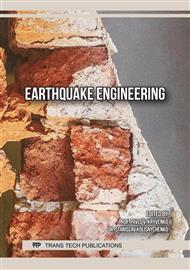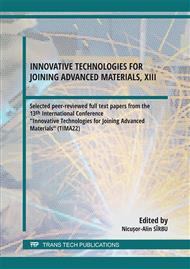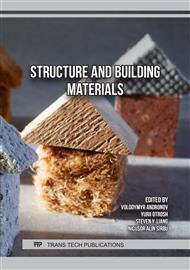p.3
p.13
p.21
p.33
p.43
p.55
p.63
p.69
Experimental Investigation of Monotonic and Cyclic Behaviour of High-Performance Steels
Abstract:
As a new trend in modern structural design, the high-performance steels are increasingly used in steel structures, due to their superior mechanical properties, which could have decisive impact on the resistance and deformation capacity of structural components. High-performance steels include stainless and high-strength steels. The higher proof stress of the high-strength steels allows using thinner sections and material economy for those structural elements that do not experience stability problems. Austenitic stainless steel shows a series of advantages, including low maintenance costs and an excellent toughness at low temperatures. But the main characteristic which matters especially in seismic design, is the higher ductility, larger strain hardening and elongation at fracture in comparison with carbon steels. In this paper, the analysis of the behaviour of 1.4404 austenitic stainless steel and of S690 high-strength steel, in comparison with a reference S235 mild carbon steel is presented. This paper presents the assessment of the monotonic and cyclic performance of these steel grades, as well as the failure pattern, in order to assess the potential use in structural applications.
Info:
Periodical:
Pages:
13-20
Citation:
Online since:
August 2023
Price:
Сopyright:
© 2023 Trans Tech Publications Ltd. All Rights Reserved
Share:
Citation:




